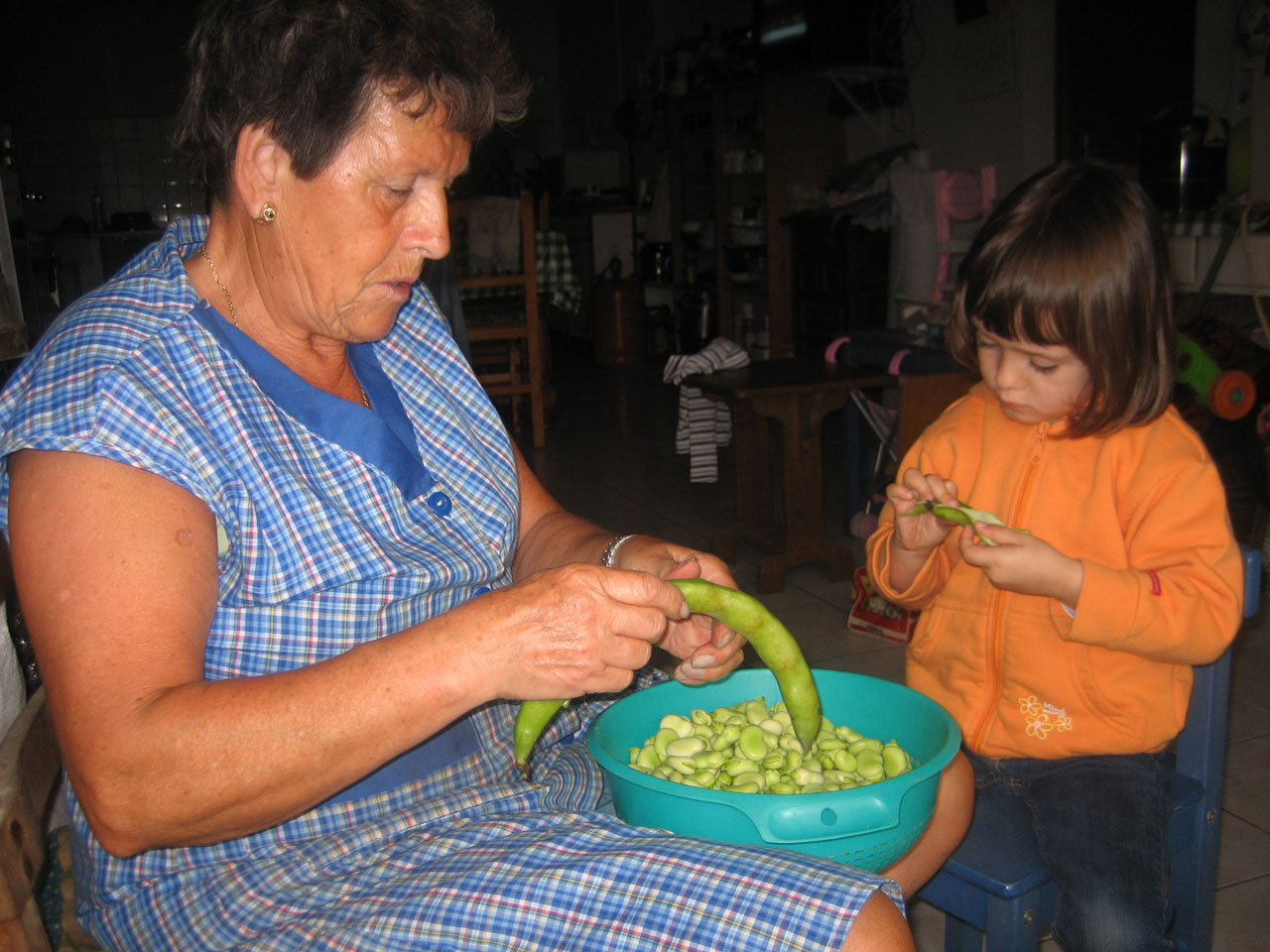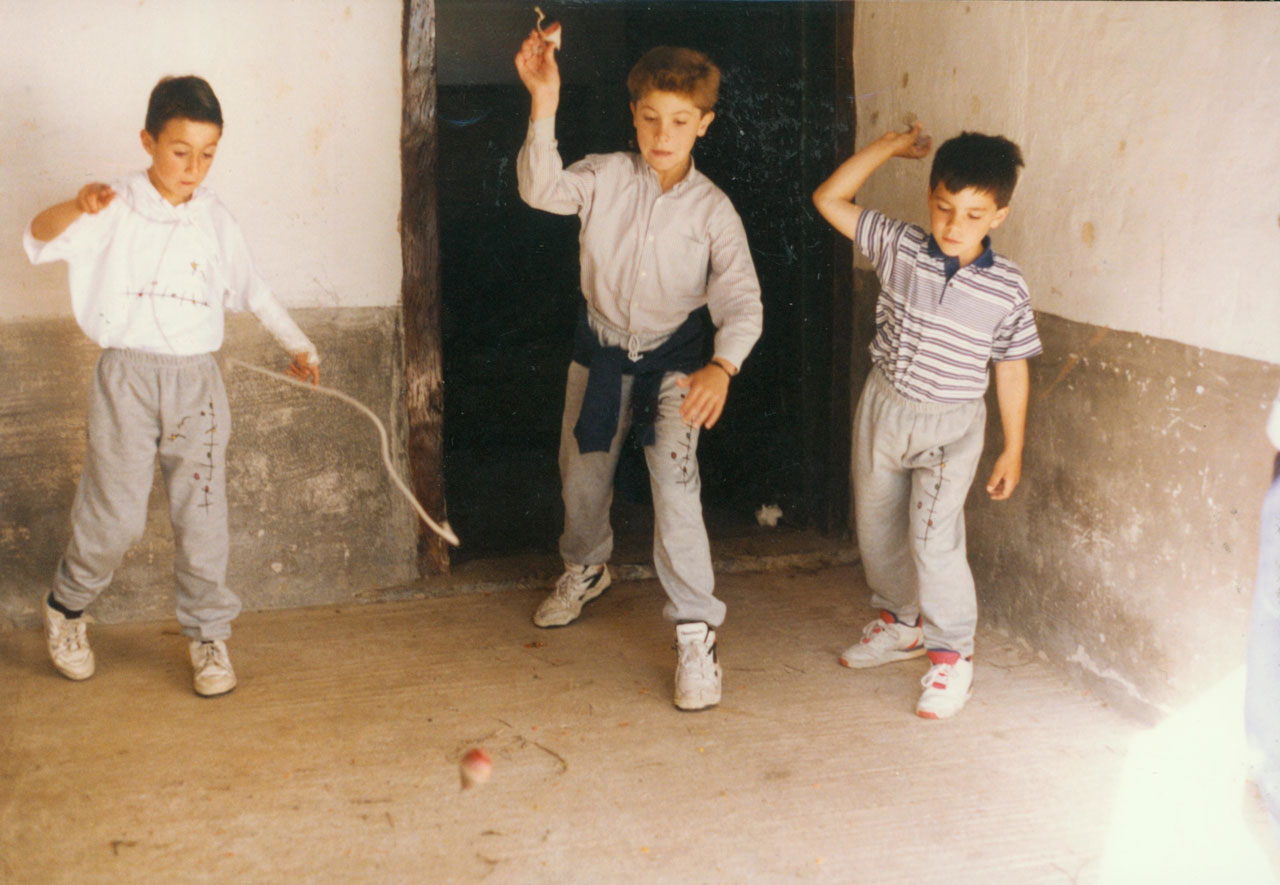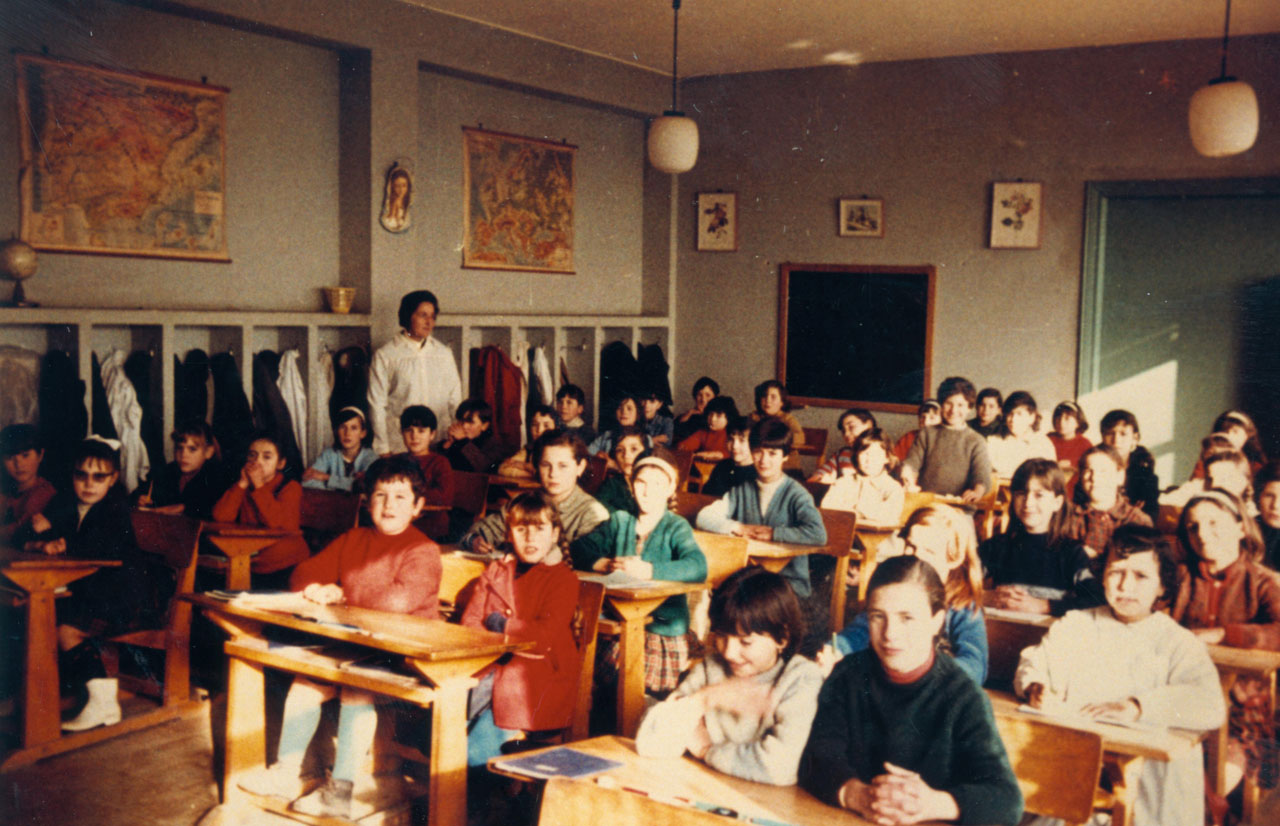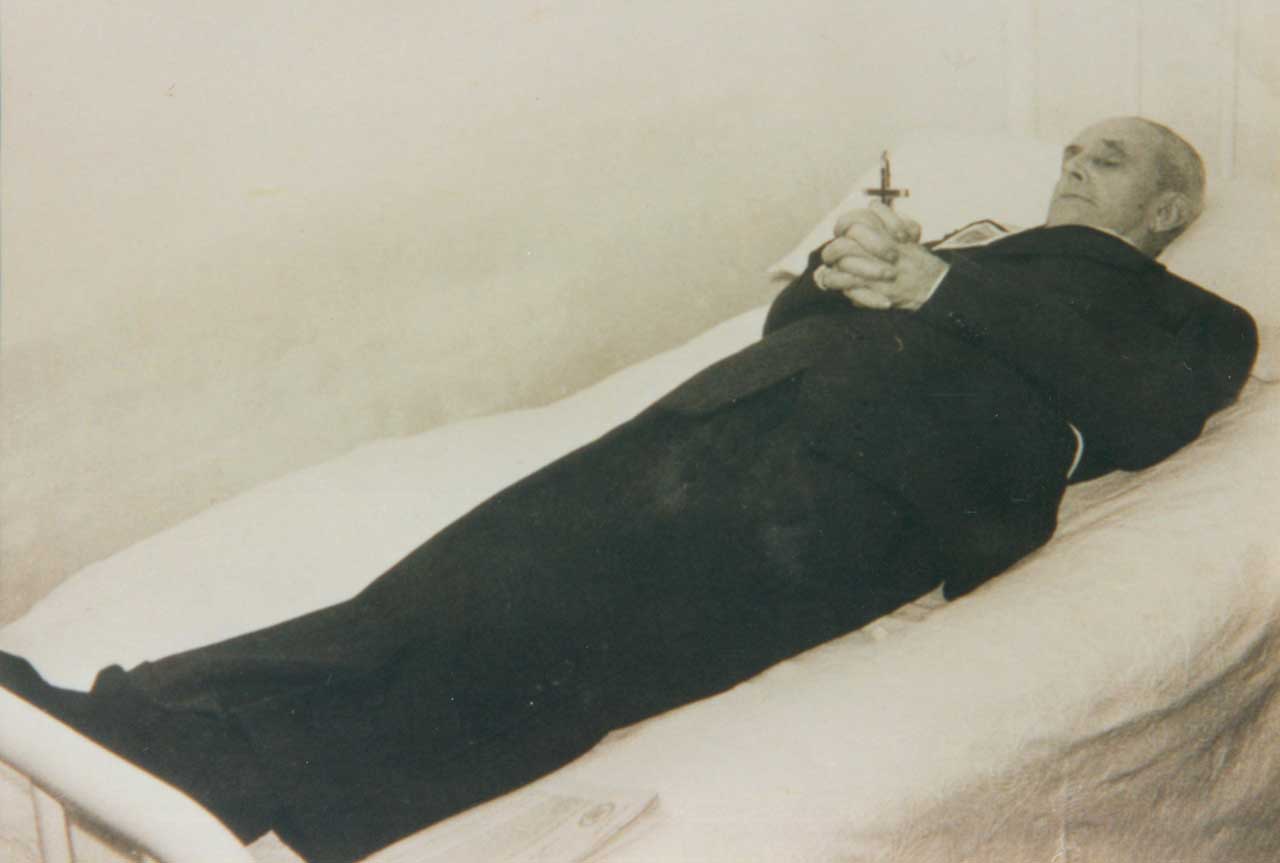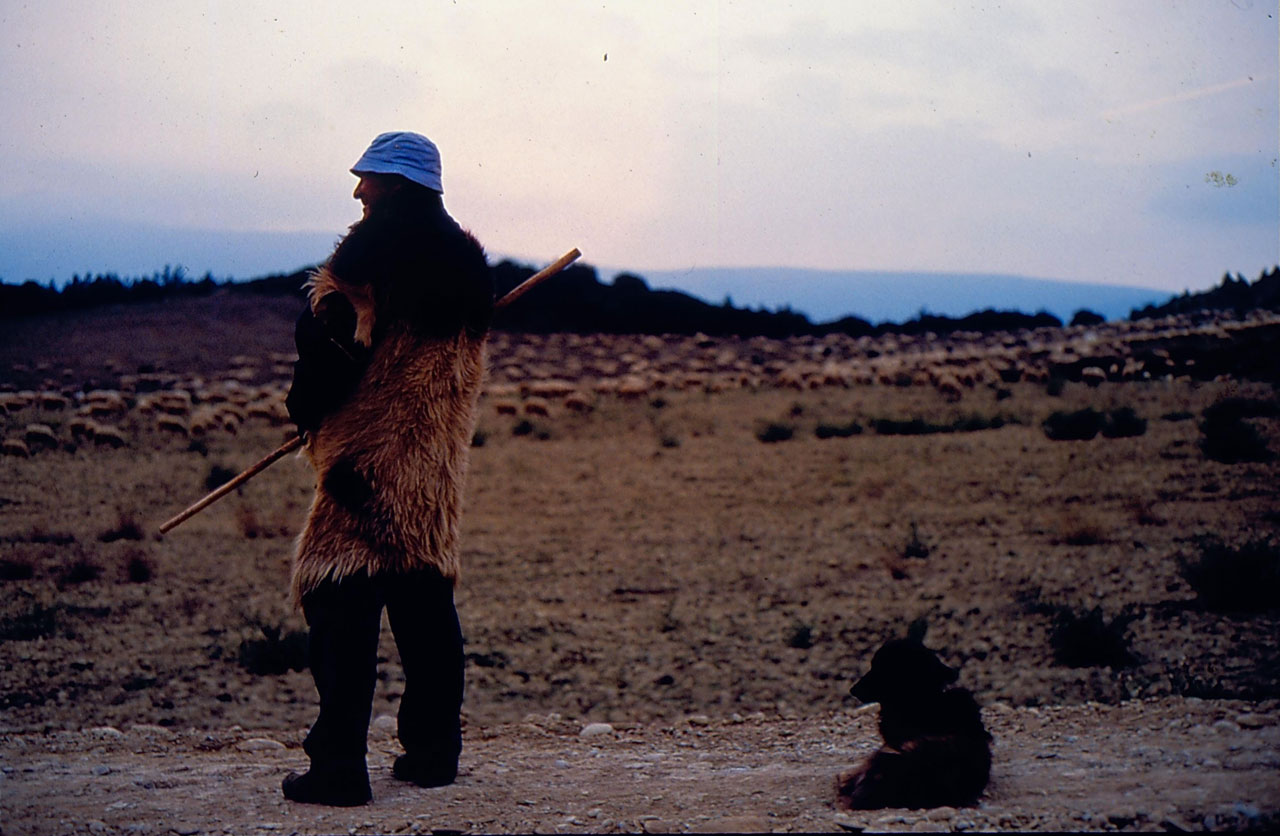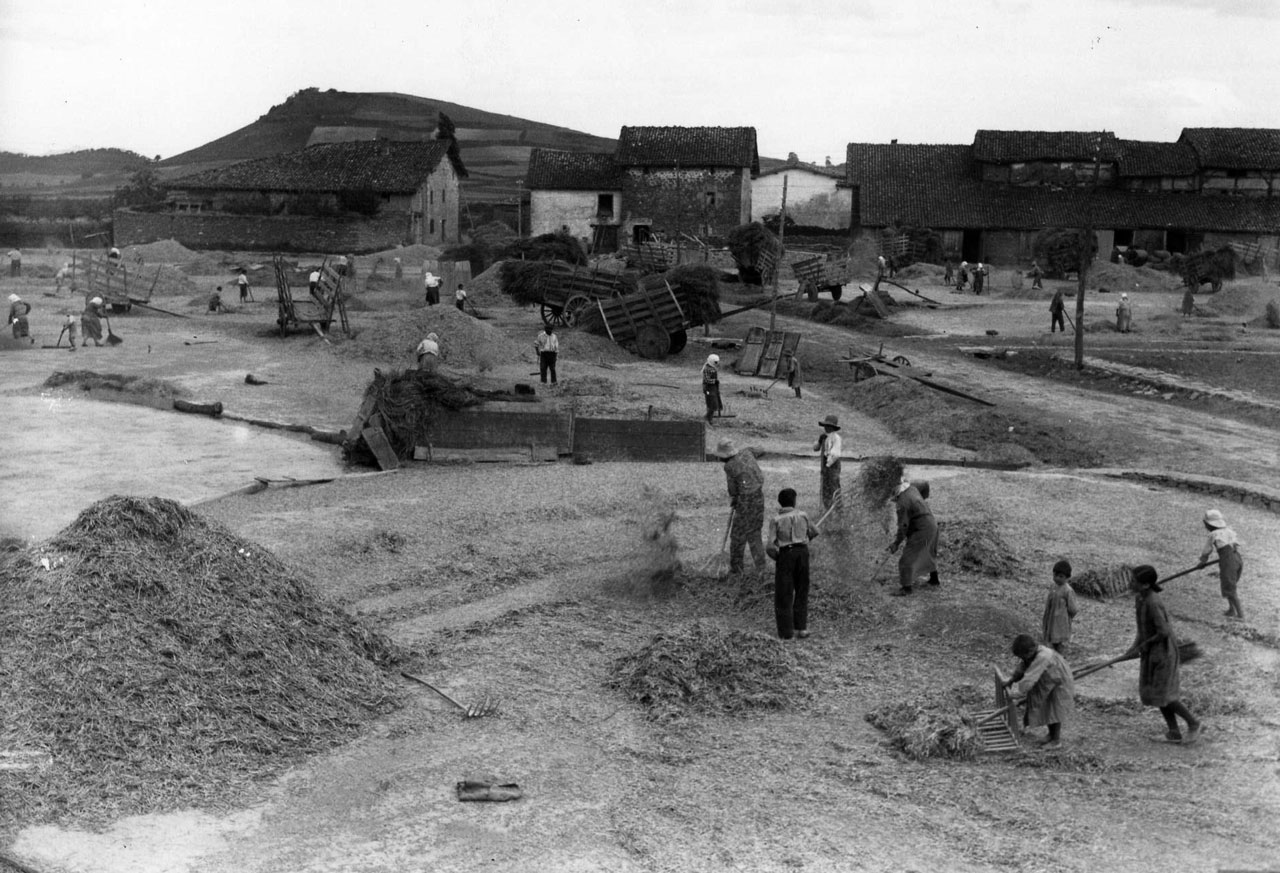Ethnographic Atlas of the Basque Country
Revisión del 16:52 11 mar 2020 de Admin (discusión | contribuciones) (Página creada con «{{DISPLAYTITLE: Ethnographic Atlas of the Basque Country}}»)
Old and young husband and wife. Areatza (B), beginning of the 20th century. Source: Rubén de Las Hayas’ private archive.
House and Family in the Basque Country


House and Family in the Basque Country
The aim was to ensure that the family wealth, taken to be the farmstead and its belongings, would be passed on in full or only slightly diminished, and improved if possible, from parents to their offspring.
Family Diet in the Basque Country


Family Diet in the Basque Country
Beans and broad beans were the most widely grown legumes and were traditionally an important part of the diet.
Children’s Games in the Basque Country


Children’s Games in the Basque Country
Changes in the adult world are also necessarily reflected in the children’s world. It should not be forgotten that those changes also affect the world of beliefs, convictions and rites underlying many traditional games; many of which would be stripped of meaning, some would fall into disuse, others would persist and would adapt to the new circumstances.
Traditional Medicine in the Basque Country


Traditional Medicine in the Basque Country
Baratxuria, hamalau gaitzen kontra. Garlic cures all ills.
Rites from Birth to Marriage in the Basque Country


Rites from Birth to Marriage in the Basque Country
Maritxu-teilatuko, gona gorriduna, eutsi hagin zaharra ta ekarzu barria. Popular recitation
Funeral Rites in the Basque Country


Funeral Rites in the Basque Country
A small group of neighbours would watch over the corpse in turns during the night and make sure that the light burning next to it did not go out.
Herder and dog. Droveway of the Roncalese (N), 1996. Source: Iñaki San Miguel, Etniker Euskalerria Groups.
Livestock Farming and Shepherding in the Basque Country


Livestock Farming and Shepherding in the Basque Country
The introduction of sheepdogs meant they replaced the zagales, young children who had been in charge of herding the flock up to then.
Agriculture in the Basque Country


Agriculture in the Basque Country
Elur asko den urtean, garia; eta erle asko dugunean, eztia. Año de nieves, año de bienes.

